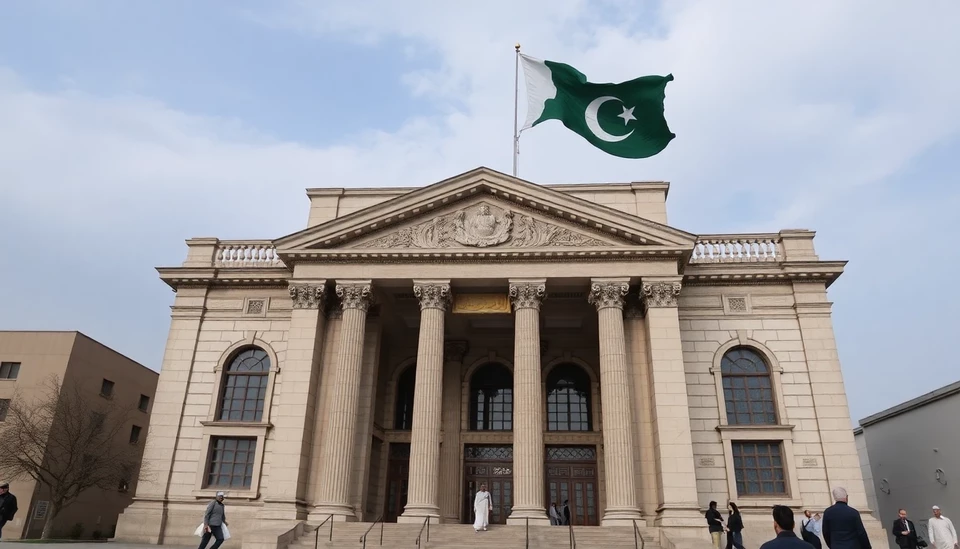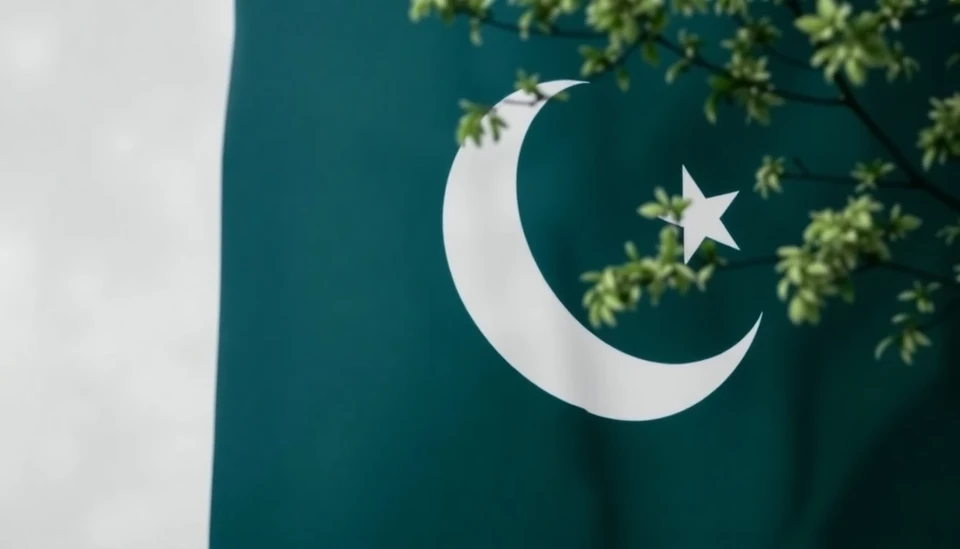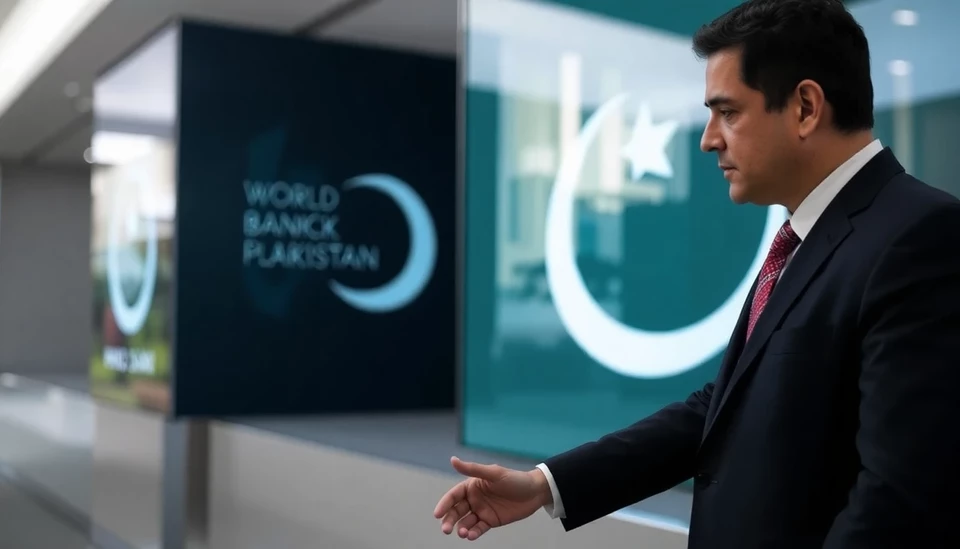
In a significant move to rejuvenate its economy, the State Bank of Pakistan has announced a reduction in its benchmark interest rate. This decision, finalized during a recent monetary policy meeting, is aimed at spurring consumer spending and providing much-needed relief to businesses grappling with rising costs and sluggish growth.
The central bank has lowered the interest rate by 100 basis points, bringing it down to 8.5%. This is part of the government’s broader strategy to stimulate economic activity in a country facing inflationary pressures and low demand. By making borrowing cheaper, the State Bank hopes to encourage investments and consumer spending, which are crucial for driving economic growth.
The move comes as various sectors, particularly manufacturing and agriculture, have been stymied by a challenging economic environment. The combination of high inflation and increased input costs has led to a decline in production and investment, prompting the central bank to act decisively. Lower interest rates are expected to ease the financial burden on businesses and consumers alike, enabling them to engage more actively in the economy.
Experts predict that this rate cut could help boost the consumption levels that are vital for economic recovery. However, some critics argue that the effectiveness of this measure will largely depend on the government’s ability to manage inflation, which remains a pervasive issue. They contend that while access to cheaper loans can enhance growth prospects, sustained inflation can undermine consumer confidence and spending capability.
In addition to the interest rate reduction, the State Bank has also emphasized the importance of structural reforms to enhance the economy’s resilience. The central bank advocates for targeted measures that can improve productivity and efficiency, particularly in sectors that have been historically underperforming. By fostering an environment conducive to growth and innovation, Pakistan aims to stabilize its economic foundations for the long term.
Market reactions to the interest rate cut have been cautiously optimistic. Investors are analyzing the potential impacts on various sectors, with particular attention being paid to the banking and financial services industries. Cheaper loans could help stimulate consumer demand for durable goods, housing, and investment in infrastructure, which in turn can create jobs and bolster the economy.
Overall, the interest rate reduction marks a pivotal step for Pakistan as it navigates economic turbulence. As the government works to implement supportive measures and enhance structural reforms, the long-term success of this monetary policy will hinge on its ability to control inflation and restore consumer confidence. The coming months will be crucial in assessing the effectiveness of these initiatives and their potential to revitalize Pakistan’s economy.
In conclusion, Pakistan's decision to cut interest rates is a bold strategy aimed at reigniting economic growth in a challenging landscape. The government’s commitment to structural reforms coupled with this monetary policy adjustment offers a glimmer of hope for a more sustainable economic recovery.
#PakistanEconomy #InterestRates #EconomicGrowth #MonetaryPolicy #ConsumerSpending #FinancialStability
Author: Daniel Foster


